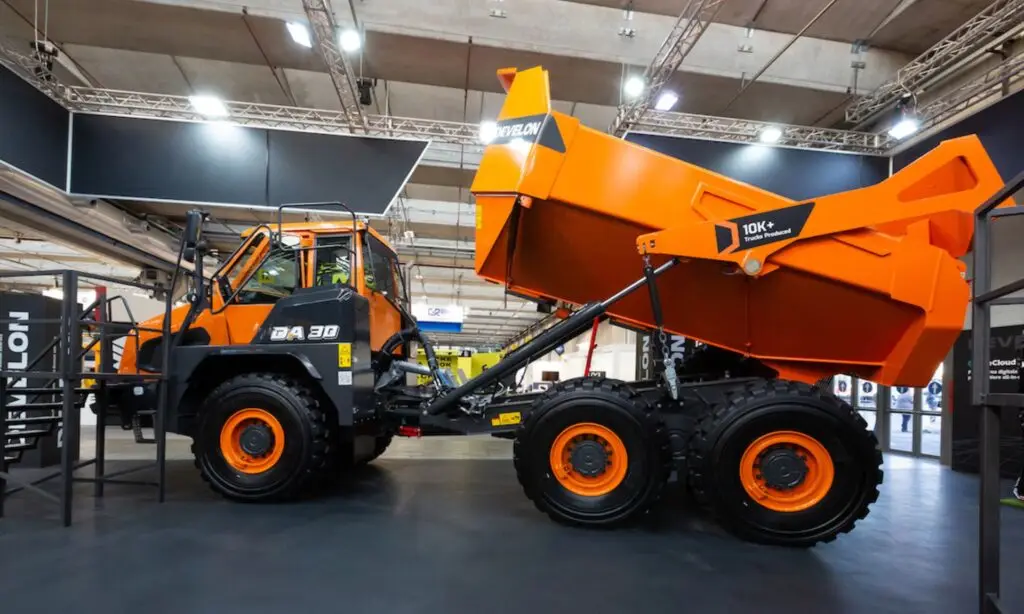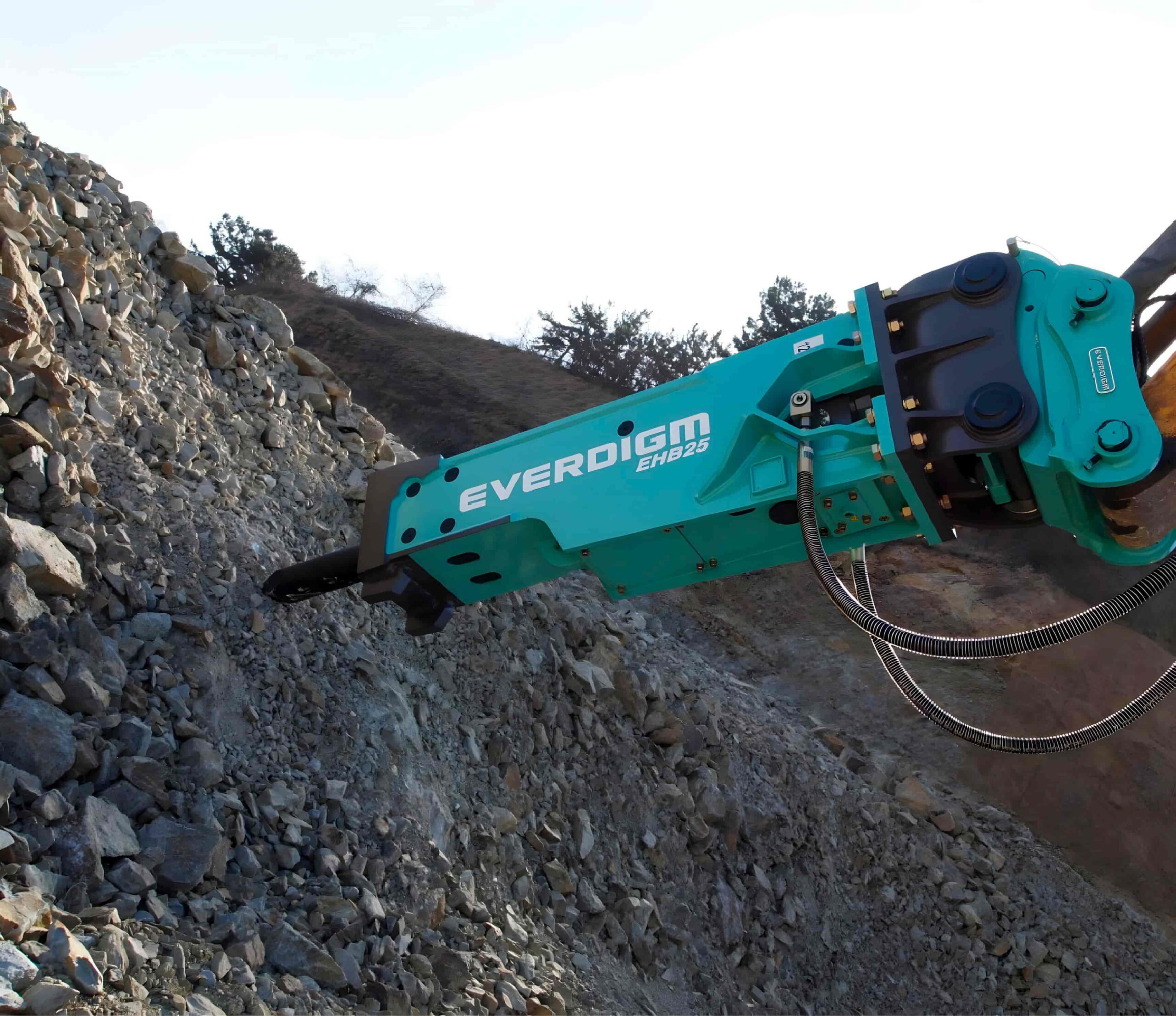Preventative Maintenance is the Key
Articulated dump trucks (ADTs) are essential in construction, mining, and earthmoving industries. These robust vehicles handle heavy loads and operate in demanding environments. Without proper maintenance, an articulated truck can experience breakdowns, leading to costly repairs and downtime. Implementing a proactive preventative maintenance routine ensures longevity, reliability, and optimal performance. This article outlines best practices for maintaining your ADT truck to maximize its lifespan and efficiency.
Understanding Preventative Maintenance for Articulated Dump Trucks
Preventative maintenance refers to scheduled servicing, inspections, and repairs aimed at preventing failures before they occur. Regular upkeep helps minimise wear and tear, improves safety, and enhances operational efficiency. Unlike reactive maintenance, which addresses issues after they arise, preventative maintenance ensures the articulated dump-truck remains in peak condition, reducing the likelihood of unexpected breakdowns. It also helps operators and fleet managers plan for part replacements and service needs well in advance, optimising budget allocation and minimising operational disruptions.
Key Components of Preventative Maintenance
Routine Inspections
- Conduct pre-operational checks before each shift to identify potential issues such as leaks, loose connections, and unusual noises.
- Inspect tyres for damage, pressure levels, and tread wear to prevent unexpected failures and ensure stability on rough terrains.
- Examine the suspension system to ensure stability and even load distribution, as worn-out suspension components can lead to poor vehicle control.
- Assess hydraulic systems for leaks or worn-out hoses that may compromise performance, as hydraulic failure can severely impact dump bed operations.
- Check for excessive vibration during operation, which may indicate issues with wheel alignment, suspension, or driveline components.
Lubrication and Fluid Management
- Regularly check and replace engine oil, transmission fluid, and hydraulic fluid to keep all systems running smoothly.
- Maintain coolant levels and inspect the radiator for leaks or blockages to prevent overheating and engine failure.
- Grease moving components such as pivot joints, articulation points, and bearings to reduce friction and extend their lifespan.
- Monitor fuel system components for contaminants such as water or dirt, which can cause fuel injector damage and reduce efficiency.
- Check the condition of hoses and belts to avoid leaks or failures that could cause operational downtime.
Engine and Transmission Maintenance
- Change engine oil and filters according to the manufacturer’s guidelines to ensure proper lubrication and engine longevity.
- Monitor fuel quality to prevent contamination and injector clogging, which can reduce engine efficiency and increase emissions.
- Inspect and replace air filters to maintain engine efficiency and reduce wear caused by dirt and debris entering the system.
- Service the transmission system periodically to ensure smooth gear shifts, power delivery, and reduced stress on drivetrain components.
- Keep an eye on engine warning lights and diagnostic codes to address potential issues before they escalate into major repairs.
Brake System Maintenance
- Check brake pads, discs, and drums for wear and replace them when necessary to ensure effective stopping power.
- Inspect brake lines and hydraulic systems for leaks or pressure loss that could impact braking performance.
- Test the parking brake and emergency brake system regularly to ensure functionality, especially when working on steep inclines.
- Monitor ABS (anti-lock braking system) components for any malfunctions that could compromise vehicle control on slippery surfaces.
- Ensure the brake cooling system is functioning properly to prevent overheating and brake fade during extended use.
Electrical and Safety Systems
- Inspect and maintain battery terminals, connections, and charging systems to avoid starting issues and electrical malfunctions.
- Test lights, horns, alarms, and sensors to ensure visibility and safety for both operators and nearby workers.
- Verify that control panel displays and onboard diagnostics are functioning correctly and providing accurate performance data.
- Check all wiring for signs of corrosion or wear, which could lead to electrical failures or short circuits.
- Ensure emergency shut-off switches and fire suppression systems are in proper working condition to enhance safety in case of accidents.
Chassis and Undercarriage Inspections
- Remove debris and dirt from the undercarriage to prevent corrosion and excessive wear, especially when operating in wet or muddy conditions.
- Check structural components such as the frame and articulation joints for cracks, rust, or damage that could compromise vehicle integrity.
- Ensure proper alignment of axles and suspension components to avoid uneven stress distribution and premature tire wear.
- Inspect drive shafts, differentials, and axles for leaks or excessive wear, which could lead to drivetrain issues.
- Apply protective coatings to exposed metal components to minimize corrosion in harsh environments.
Best Practices for a Proactive Maintenance Plan
Follow the Manufacturer’s Maintenance Schedule
- Adhering to the recommended service intervals for your ADT truck helps prevent premature wear and breakdowns.
- Utilise original equipment manufacturer (OEM) parts to ensure compatibility, durability, and long-term reliability.
- Keep a log of all maintenance activities to track component wear and identify patterns that may require adjustments to the maintenance schedule.
Implement a Daily Pre-Use Inspection Routine
- Operators should conduct a thorough walk-around inspection before starting operations.
- Address minor issues immediately to prevent them from escalating into costly repairs.
- Use a standardised checklist to ensure all critical components are inspected consistently before use.
Train Operators on Proper Usage and Maintenance
- Educating operators on correct driving techniques can reduce strain on components and prevent unnecessary wear and tear.
- Encourage reporting of unusual sounds, vibrations, or performance changes to identify and address potential problems early.
- Provide training on recognising early warning signs of mechanical issues and how to conduct basic troubleshooting.
- Implement an incentive program to reward operators who follow best practices and contribute to lower maintenance costs.
Utilise Telematics and Condition Monitoring Systems
- Modern articulated dump trucks come equipped with telematics that monitor performance in real time, allowing for proactive maintenance.
- Analysing data from these systems helps identify trends, predict failures, and optimise maintenance schedules for better efficiency.
- Use predictive maintenance alerts to schedule servicing before problems escalate, reducing unexpected downtime.
Store Equipment in Optimal Conditions
- Park ADTs in designated areas free from excessive moisture, dust, or extreme temperatures to prevent premature wear.
- Implement protective measures such as covers or shelters to shield trucks from environmental damage and reduce maintenance needs.
- Rotate parked equipment periodically to prevent tire flat spots and uneven pressure buildup.
Benefits of Preventative Maintenance for Articulated Dump Trucks
- Extended Lifespan: Regular servicing ensures components last longer, reducing the need for premature replacements and increasing return on investment.
- Minimised Downtime: Preventative maintenance reduces unexpected failures, keeping your ADT truck operational for longer periods.
- Improved Safety: A well-maintained articulated truck operates safely, reducing risks for operators, site workers, and nearby equipment.
- Cost Savings: Addressing minor issues early prevents expensive repairs, reduces fuel consumption, and extends the truck’s service life.
- Optimised Performance: Proper maintenance ensures smooth operation, improved fuel efficiency, and reduced wear on critical components, leading to higher productivity.
Preventative maintenance is key to maximising the lifespan and efficiency of an articulated dump truck. By implementing routine inspections, fluid management, engine servicing, and telematics-based monitoring, operators can significantly reduce downtime and operating costs.
Following manufacturer guidelines and training operators further ensures the long-term reliability of articulated dump trucks.
Investing in a structured maintenance program ultimately enhances safety, productivity, and overall profitability for any fleet operating ADT trucks. A well-maintained ADT truck not only improves operational efficiency but also contributes to sustainable business practices, ensuring that fleets remain reliable and cost-effective for years to come.


